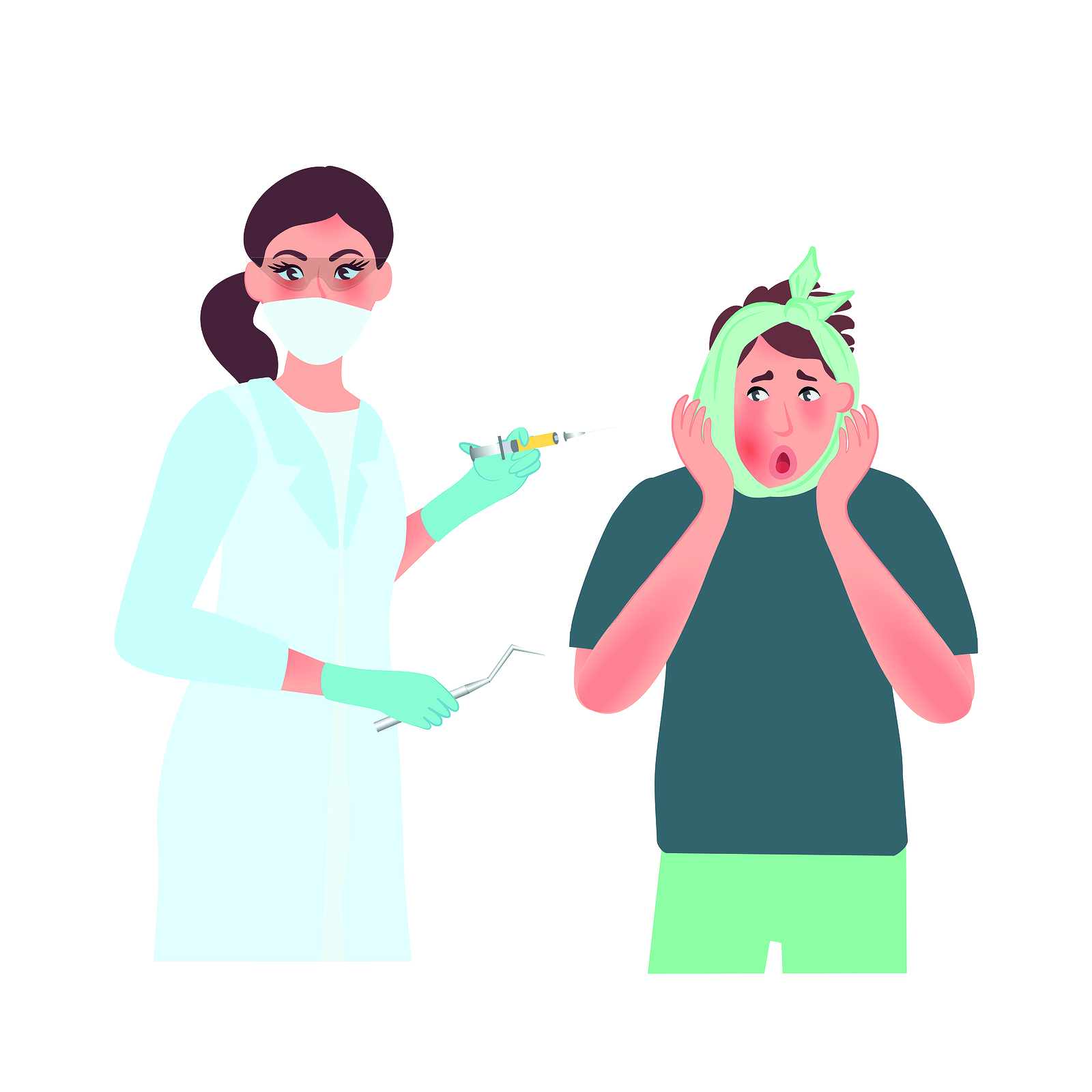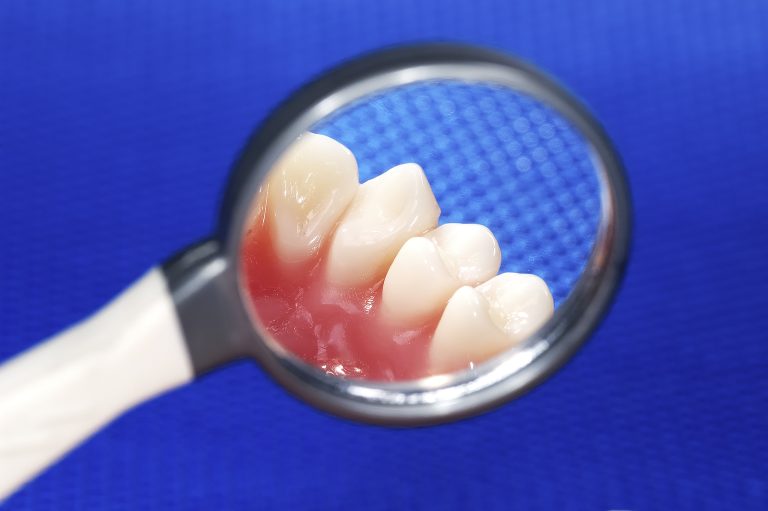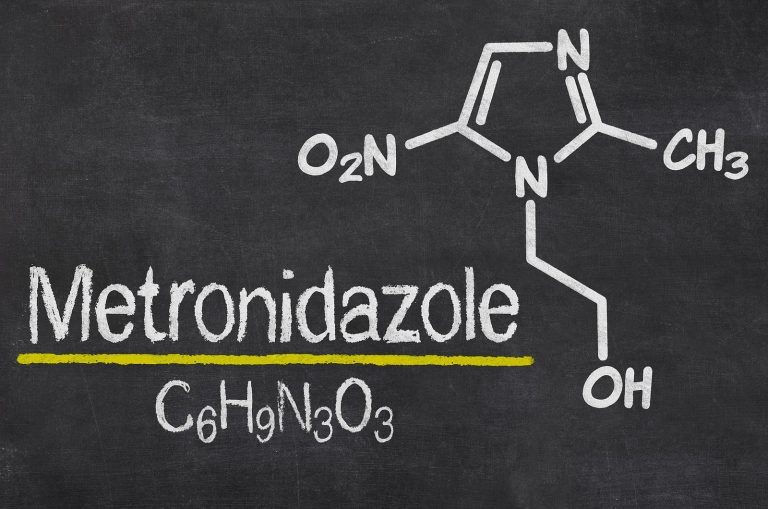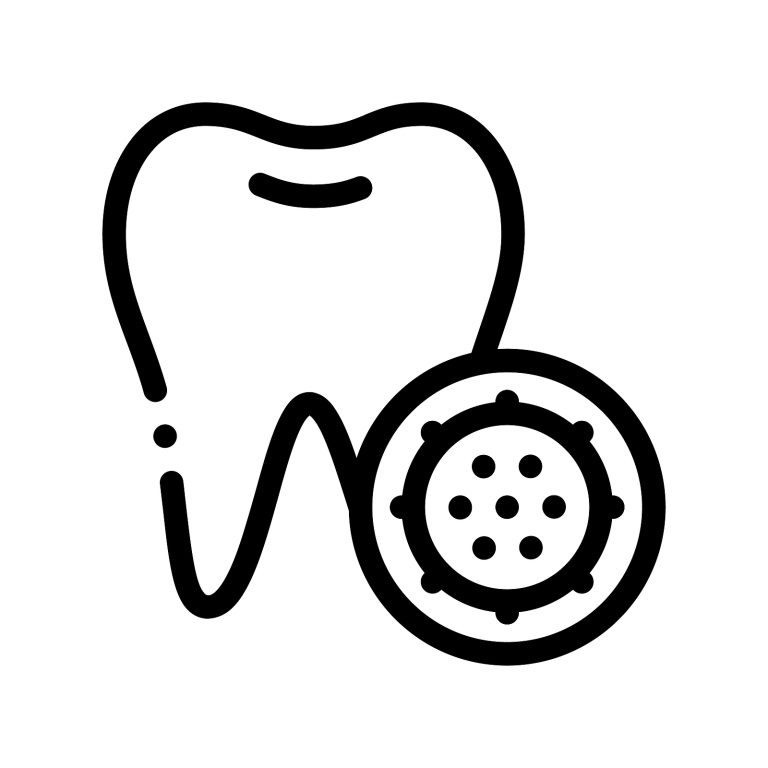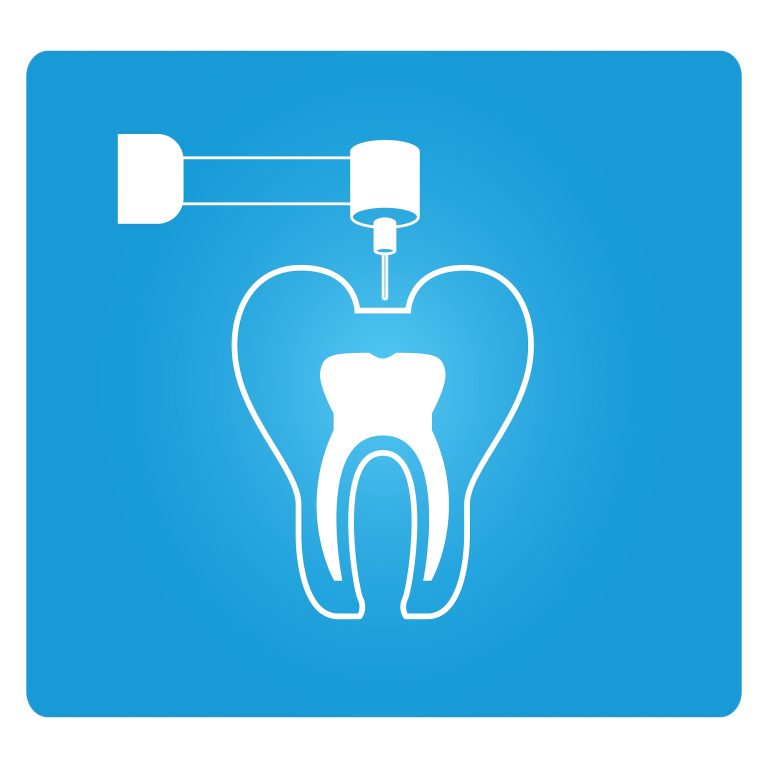If you have a painful tooth abscess, there is only one ultimate solution, which is to get dental treatment to have it drained. However, you will not be alone if you find it is just about impossible to get an appointment with an NHS dentist.
Faced with having to go private, you may also find little luck there, as those who live in ‘dental deserts’ may find even the private practitioners are very busy and getting an appointment, apart from the expense, could involve quite a wait.
This is where you need to get some extra help to ease the pain and slow the infection down while you wait for the chance to get treatment. If you buy amoxicillin, which is a kind of penicillin, this goal will be achieved.
A question you might ask at this point is whether you really need amoxicillin and what would happen if you didn’t take it. To understand the answer, it is worth considering just how amoxicillin works, as well as what happens if you don’t use antibiotic treatment.
Death By Dental Delay
In the latter case, the consequences can be deadly. This issue was highlighted last year in Dentistry Magazine, where an article highlighted the dreadful increase in cases of dental sepsis as a consequence of people not being able to get treatment for tooth infections soon enough.
It noted a report in the Daily Mirror in which a dentist told the paper: “We’re now seeing patients dying from toothache. We’ve never witnessed this before, and there have been multiple cases.”
The practitioner added: “One patient came into A&E, was intubated immediately, but died of dental infection without ever regaining consciousness.”
The dentist quoted went on to say that infections “will claim more lives” due to the state of British dentistry.
Dentistry Magazine noted that these alarming comments were in line with the experiences of many dentists. It stated that the British Dental Association had been “overwhelmed by feedback” from members on the consequences of people not getting dental issues seen to swiftly.
The most significant statistic was the revelation, obtained in a Freedom of Information request made by the Labour Party, showing that in 2023, there were 52,000 hospital admissions for dental abscesses across the UK.
Of course, most of those people who end up in hospital with an abscess won’t die, but this is because they will be treated with antibiotics. By this point, however, this may involve people being on a drip and seriously ill, with wider health consequences including a longer recovery time. If you need antibiotics, the sooner you get them, the better.
How Amoxicillin Fights Bacteria
This can be understood by considering how amoxicillin works. The basic science behind antibiotics was not known when penicillin-type treatments were first used, these being the unexpected benefits for people able to use mould to tackle infections.
Such practices occurred for millennia before it was established just what the active ingredient was that had such benefits. This was discovered by the Scottish scientist Alexander Fleming in 1928 using samples of penicillin mould in petri dishes.
Howard Florey and Ernst Chain subsequently isolated and purified what became the world’s first antibiotic in the 1940s. Further to this, as knowledge of the benefits of penicillin drugs (including amoxicillin) grew, so did an understanding of exactly how they work, aided by advances in microbiology.
Bacteria survive, thrive and multiply within a cell structure, which means an obvious means of attack is to introduce an agent that can break down the cells. Amoxicillin, like other antibiotics, achieves this by preventing bacteria from creating new cell walls.
Cell walls in bacteria are made from crystal-like structures made from amino acids, called mucopeptides. To divide and grow, bacteria have to synthesise these, but the antibiotic prevents this process from happening. As a result, the cell walls break down and the bacteria weaken and ultimately die.
By analogy, one can imagine the bacteria like an invading army that is building a bridge to cross the river and take more land. The antibiotic has the effect of knocking down the bridge so the army not only cannot cross, but also falls into the river and drowns.
The Need To Start Treatment Early
However, this does not happen immediately. The medication will take a little time before effects start to show, which is one reason to get the treatment as soon as you can. The other reason is that if the infection spreads, it can do a lot more damage before the antibiotic can start to help.
In the case of sepsis, this means infection can spread to other parts of the body, leading to permanent consequences in some cases, such as amputations, or damage to vital organs such as the lungs, kidneys and liver. At worst, septic shock can develop, with around a third of sufferers dying as a result.
Any infection can deteriorate to the point where sepsis occurs, but this need not be the case. Few instances of sepsis are more avoidable than dental sepsis because the nature of toothache, hitting you in such a sensitive area with so many nerve endings, means you will suffer more pain than from an infection elsewhere, reminding you of the need to take action.
It is also avoidable because dentistry exists as a specialist form of medicine to deal with oral health matters. That, however, becomes a problem when finding an available dentist is so hard, with the consequence that hospitals end up taking the slack when people with severe abscesses present at A&E, some of them with sepsis.
Avoiding A World Without Antibiotics
All this shows that a world without antibiotics would be a deadly one. Apart from those who used mould on wounds without knowing why it worked, this was the world we lived in a century ago.
There have been many warnings about such a world re-emerging amid the rise of antibiotic-resistant bacteria, which are often driven by people not finishing their course of antibiotics (something you must always do, without any exception, ever).
To go back to the military analogy, not finishing the course is like allowing the invading enemy army to survive, regroup and find a new way of building a bridge that is more resistant to being destroyed.
Part of the answer to antibiotic resistance may lie in the development of new antibiotics. But the fact is that for now, penicillin-type antibiotics, including amoxicillin, remain very effective weapons in your fight against bacterial infection.

